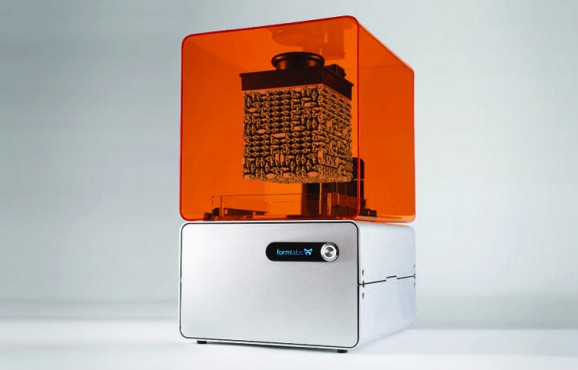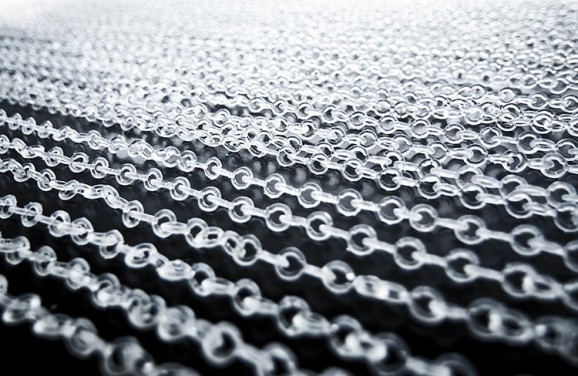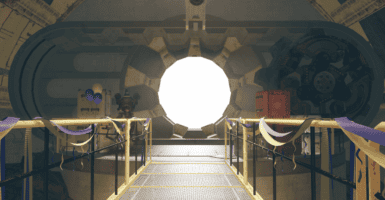This Ain’t Your Mama’s 3D Printer
This article is more than 2 years old
 I first heard of 3D printing when a student in my sci-fi research writing class bounded into class one day talking about this crazy machine he saw in the CAD Lab that could make replicas of simple objects. The machine was huge, and though he didn’t get near enough to touch it, it was one of the most amazing things he’d ever seen, and the nearest humans had come to building a replicator. Achievements like this incredible room continue to dazzle, and MIT researchers have come up with an even better way to 3D print.
I first heard of 3D printing when a student in my sci-fi research writing class bounded into class one day talking about this crazy machine he saw in the CAD Lab that could make replicas of simple objects. The machine was huge, and though he didn’t get near enough to touch it, it was one of the most amazing things he’d ever seen, and the nearest humans had come to building a replicator. Achievements like this incredible room continue to dazzle, and MIT researchers have come up with an even better way to 3D print.
The biggest drawback with conventional 3D printing is that the printer size dictates the scale of what you can make. Sure, as with the case of the 3D printed room, or even this 3D printed TARDIS, you can print all the pieces separately and then assemble them (though that might limit functionality), but wouldn’t it be a lot easier if the printer could do all of that itself?
Marcelo Coelho and Skylar Tibbits of MIT got a “Next Idea in Art and Technology” grant from Ars Electronica to develop a new method of 3D printing that doesn’t suffer from the current size restrictions. They developed something called Hyperform, which can print out all kinds of big and functional stuff, like furniture. The real question is, could they print me a pony?
 A simple concept, Hyperform relies on folding objects to bring them down to size for smaller printers. In this process, the object is first rendered in one dimension and then folded to fit the printer. The printed object is comprised of a bunch of polymer links that look like a 3-D puzzle you can then assemble. These chains have notches or joints that allow for right-angle assembly. A chain can only bend in the intended direction and can snap only into the right place, so assembly is easy, almost like putting together LEGOs. The process eliminates the problem of scale, as demonstrated by Coelho and Tibbits printing off a 50-foot chain.
A simple concept, Hyperform relies on folding objects to bring them down to size for smaller printers. In this process, the object is first rendered in one dimension and then folded to fit the printer. The printed object is comprised of a bunch of polymer links that look like a 3-D puzzle you can then assemble. These chains have notches or joints that allow for right-angle assembly. A chain can only bend in the intended direction and can snap only into the right place, so assembly is easy, almost like putting together LEGOs. The process eliminates the problem of scale, as demonstrated by Coelho and Tibbits printing off a 50-foot chain.
Tibbits and Coelho are working to expand the uses of Hyperform, and think that they can start with 2D or 3D geometries to yield multi-dimensional assemblies, even fractals. They plan to invite architects, programmers, and designers to contribute to the project via an online forum, hoping to develop additional applications. In addition to his work on Hyperform, Tibbits is working on 4D printing—materials that assemble themselves. Maybe one day this new process can be used to print more Hyperform-enabled printers, which could be used to print more Hyperform-enabled printers…











